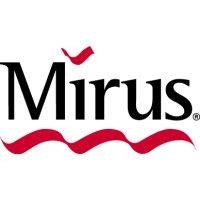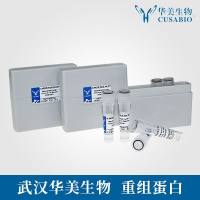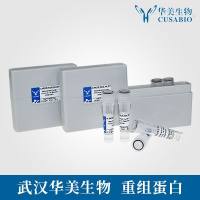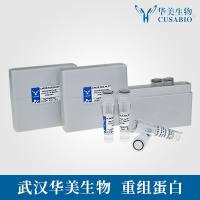Convection-enhanced delivery (CED) is a method of direct intracerebral parenchymal infusion. It has been previously studied as a mechanism of drug delivery in glioma therapy, which is the focus of this review, and much work has gone into the utilization of this technique. CED can be modeled using several equations that describe the transport of fluid into porous tissue. More practically, variability in CED catheters has been studied and catheters are currently being designed to optimize drug delivery. While CED is a theoretically excellent way to bypass the blood–brain barrier (BBB), limitations of current approaches include excessive backflow along the catheter tract and leakage into subarachnoid and intraventricular spaces. Several drugs, including many recombinant cytotoxins, have been assessed for safety and efficacy in phase I and II clinical trials while many more are still in early preclinical stages. While drug development is important, we must also be able to assess the infusate’s volume of distribution to verify adequate coverage of the target area. This can be evaluated through a number of different MRI sequencing techniques, or by co-infusing gadolinium as a tracer in a variety of different formulations, or even via software programs that can predict target distributions. This review summarizes the important advances that have been made to optimize the unique ability of CED to locally deliver high doses of powerful chemotherapeutics to gliomas for maximal tumor killing with minimal neurologic and systemic side effects.






